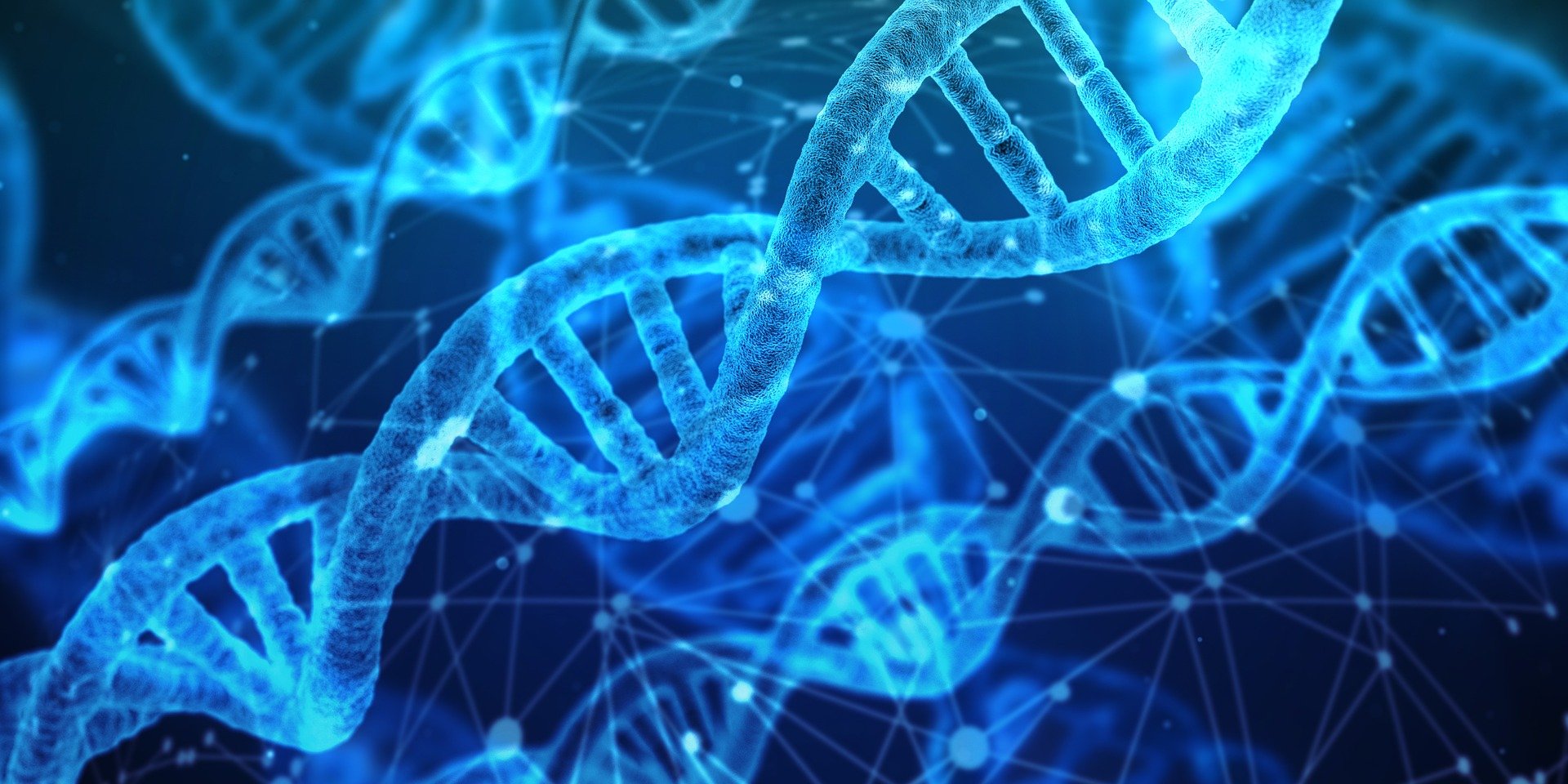Research Group of Diatom Biology
PI : Prof. HU Hanhua, PhD
Members: Dr. Yufang Pan and 5 students
Contact Us: hanhuahu@ihb.ac.cn
General Introduction:
Diatoms are a major group of algae, and are one of the most common types of phytoplankton. A characteristic feature of diatom cells is that they are encased within a unique cell wall made of silica (hydrated silicon dioxide) called a frustule. They contribute at least 20% of annual primary productivity, equivalent to the tropical rain forests, and are one of the most successful groups of eukaryotic algae in the contemporary ocean. The main storage compounds of diatoms are lipids (TAGs) and chrysolaminarin.
The Research Group of Diatom Biology uses Phaeodactylum tricornutum, a pennate diatom, as the research model to study the responses to environmental change and the lipid accumulation mechanism in diatom.
Recent Publications (*Corresponding author):
- Rastogi A, Vieira FRJ, Deton-Cabanillas A-F, Veluchamy A, Cantrel C, Wang G, Vanormelingen P, Bowler C, Piganeau G, Hu H*, Tirichine L*. A genomics approach reveals the genetic polymorphism, structure and functional diversity of ten accessions of the diatom Phaeodactylum tricornutum. The ISME Journal. 2020, 14: 347-363.
- Chen Y, Hu H*. High efficiency transformation by electroporation of the freshwater alga Nannochloropsis limnetica. World Journal of Microbiology & Biotechnology. 2019, 35(8): 119.
- Li X, Pan Y, Hu H*. Identification of the triacylglycerol lipase in the chloroplast envelope of the diatom Phaeodactylum tricornutum. Algal Research. 2018, 33: 440-447.
- Pan Y, Yang J, Gong Y, Li X, Hu H*. 3-hydroxyisobutyryl-CoA hydrolase involved in isoleucine catabolism regulates triacylglycerol accumulation in Phaeodactylum tricornutum. Philosophical Transactions of the Royal Society B‐Biological Sciences. 2017, 372(1728): 20160409.
- Schoefs B*, Hu H*, Kroth PG*. The peculiar carbon metabolism in diatoms. Philosophical Transactions of the Royal Society B‐Biological Sciences. 2017, 372(1728): 20160405.
- Wei L, Xin Y, Wang Q, Yang J, Hu H*, Xu J*. RNAi-based targeted gene-knockdown in the model oleaginous microalgae Nannochloropsis oceanica. The Plant Journal. 2017, 89(6): 1236-1250.
- Yang J, Pan Y, Bowler C, Zhang L, Hu H*. Knockdown of phosphoenolpyruvate carboxykinase increases carbon flux to lipid synthesis in Phaeodactylum tricornutum. Algal Research. 2016, 15: 50-58.
- Ge F, Huang W, Chen Z, Zhang C, Xiong Q, Bowler C, Yang J, Xu J, Hu H*. Methylcrotonyl-CoA carboxylase regulates triacylglycerol accumulation in the model diatom Phaeodactylum tricornutum. The Plant Cell. 2014, 26(4): 1681-1697.
- Zhang C, Hu H*. High-efficiency nuclear transformation of the diatom Phaeodactylum tricornutum by electroporation. Marine Genomics. 2014, 16: 63-66.
- Gong Y, Hu H*. Effect of silicate and inorganic carbon availability on the growth and competition of a diatom and two red-tide dinoflagellates. Phycologia. 2014, 53(5): 433-442.
- Li F, Gao D, Hu H*. High-efficiency nuclear transformation of the oleaginous marine Nannochloropsis species using PCR product. Bioscience Biotechnology and Biochemistry. 2014, 78(5): 812-817.
- Gong Y, Wan X, Jiang M, Hu C, Hu H, Huang F. Metabolic engineering of microorganisms to produce omega-3 very long-chain polyunsaturated fatty acids. Progress in Lipid Research. 2014, 56: 19-35.
- Xu J, Hu H*. Screening high oleaginous Chlorella strains from different climate zones. Bioresource Technology. 2013, 144: 637-643.
- Zha S, Xu X, Hu H*. A high sensitivity iron-dependent bioreporter used to measure iron bioavailability in freshwaters. FEMS Microbiology Letters. 2012, 334(2): 135-142.
- Chen Z, He C, Hu H*. Temperature responses of growth, photosynthesis, fatty acid and nitrate reductase in Antarctic and temperate Stichococcus. Extremophiles. 2012, 16(1): 127-133.
- Allen AE, Dupont CL, Oborník M, Horák A, Nunes-Nesi A, McCrow JP, Zheng H, Johnson DA, Hu H, Fernie AR, Bowler C. Evolution and metabolic significance of the urea cycle in photosynthetic diatoms. Nature. 2011, 473(7346): 203-207.
- Hu H*, Zhang J, Chen W. Competition of bloom-forming marine phytoplankton at low nutrient concentrations. Journal of Environmental Sciences. 2011, 23(4): 656-663.
- Maumus F, Allen AE, Mhiri C, Hu H, Jabbari K, Vardi A, Grandbastien M-A, Bowler C. Potential impact of stress activated retrotransposons on genome evolution in a marine diatom. BMC Genomics. 2009, 10: 624.
- Hu H*, Li H, Xu X. Alternative cold response modes in Chlorella (Chlorophyta, Trebouxiophyceae) from Antarctica. Phycologia. 2008, 47(1): 28-34.
- Zhang X, Hu H*, Tan T. Photosynthetic inorganic carbon utilization of gametophytes and sporophytes of Undaria pinnatifida (Phaeophyceae). Phycologia. 2006, 45(6): 642-647.
- Hu H*, Chen W, Shi Y, Cong W. Nitrate and phosphate supplementation to increase toxin production by the marine dinoflagellate Alexandrium tamarense. Marine Pollution Bulletin. 2006, 52(7): 756-760.
- Hu H*, Gao K. Response of growth and fatty acid compositions of Nannochloropsis sp. to environmental factors under elevated CO2 concentration. Biotechnology Letters. 2006, 28(13): 987-992.
- Hu H*, Shi Y, Cong W. Improvement in growth and toxin production of Alexandrium tamarense by two-step culture method. Journal of Applied Phycology. 2006, 18(2): 119-126.
- Shi Y, Hu H*, Cong W. Positive effects of continuous low nitrate levels on growth and photosynthesis of Alexandrium tamarense (Gonyaulacales, Dinophyceae). Phycological Research. 2005, 53(1): 43-48.
- Shi Y, Hu H*, Ma R, Cong W, Cai Z. Improved use of organic phosphate by Skeletonema costatum through regulation of Zn2+ concentrations. Biotechnology Letters. 2004, 26(9): 747-751.
- Hu H*, Shi Y, Cong W, Cai Z. Growth and photosynthesis limitation of marine red tide alga Skeletonema costatum by low concentrations of Zn2+. Biotechnology Letters. 2003, 25(22): 1881-1885.
- Hu H, Gao K. Optimization of growth and fatty acid composition of a unicellular marine picoplankton, Nannochloropsis sp., with enriched carbon sources. Biotechnology Letters. 2003, 25(5): 421-425.

